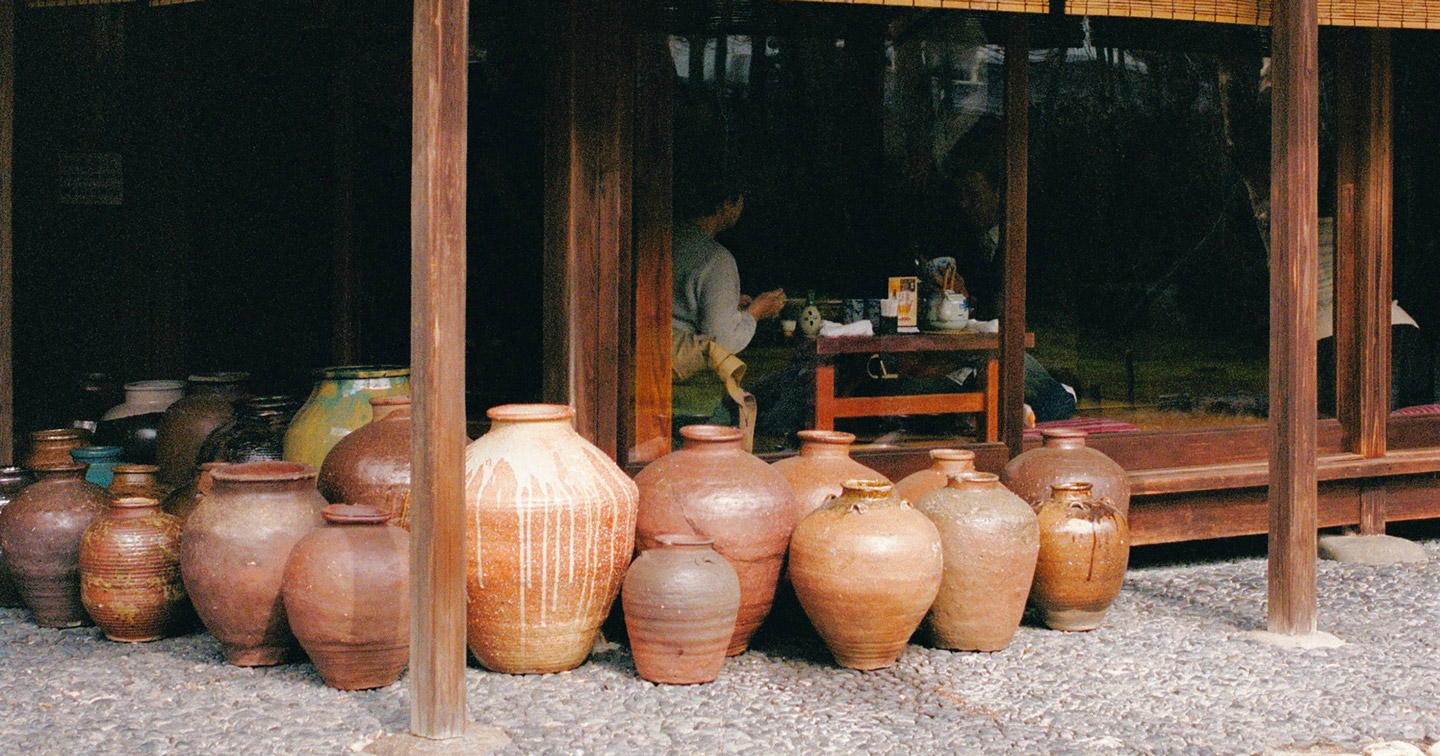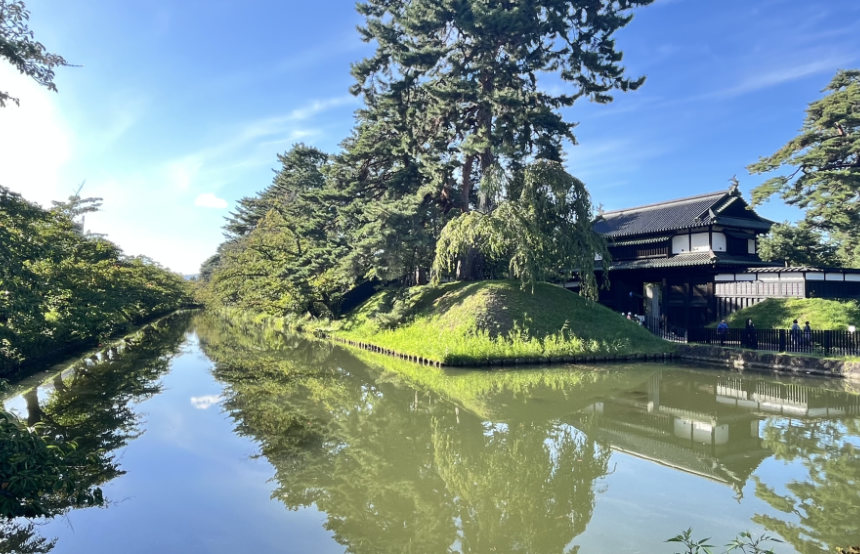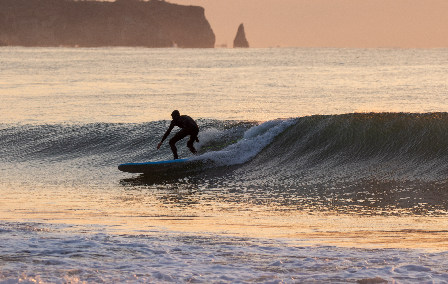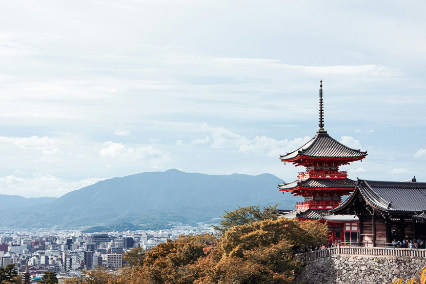Published 14th Jul. 2025
Reading time
From snow-capped mountains and delicate cherry blossoms to thatched cottages and intricate temples, Japan’s villages are truly breathtaking. In fact, the country takes so much pride in its pretty villages that it established the ‘Association of the Most Beautiful Villages in Japan’ in 2005 to preserve Japanese heritage and natural beauty. While it would be impossible for us to mention all 61 places on their list, we’ve narrowed it down to our favourite five. Read on for our shortlist of the most beautiful villages in Japan…
Kicking off our list of the most beautiful villages in Japan is Shirakawa-go. Tucked away in the Japanese Alps, this picturesque village is known for its traditional gassho-zukuri (‘praying hands’) farmhouses. These triangular-shaped thatched houses forgo bricks and nails in favour of thatch, straw rope and wooden beams to create sturdy structures that can withstand heavy snowfall. With such remarkable engineering, it’s no wonder that Shirakawa-go became a UNESCO World Heritage site in 1995.
In the past, Shirakawa-go’s residents lived in the gassho-zukuri, but today, many have been converted into museums or guesthouses (lucky for us). As well as enjoying the beauty of the village and the surrounding rice fields, visitors can immerse themselves in local traditions and culture. In winter, a thick layer of snow blankets Shirakawa-go, transforming the clusters of thatched farmhouses into a real-life gingerbread village. For the best view, head up to Shirayama Castle, grab a warming matcha latte from the café and admire the winter wonderland from the observatory.

Image by Fresh Tacoo / 500px / Getty Images.
Set on an ancient trade route between Kyoto and China, Ine is a working fishing village famed for its 230 funayas, traditional waterfront houses that run along the edge of Ine Bay. Each house features a built-in boat garage on the ground floor, with inhabitants living on the upper floors. The row of cheerful cottages along the bay is a sight to behold.
Like in Shirakawa-go, some of Ine’s funayas are now lodgings, but Ine’s distinctive beauty and popularity can mean that it’s tough to get a reservation. Instead, we recommend staying in Amanohashidate – a nearby sandbar boasting one of Japan’s ‘top three’ vistas – and taking the train to Ine for a half-day trip. A boat trip is a fantastic way to see Ine’s funayas in all their glory; we’d advise reserving a spot on a small sea taxi operated by a local fisherman for an intimate experience.
Next up on our list of the most beautiful villages in Japan is Hida Furukawa, a small village tucked away in the mountains of the Gifu Prefecture. This tiny town is known for top-notch timber and capable carpenters, so expect to see impressive wooden structures like Honkoji Temple, a breathtaking building carved from wood. Hida Furukawa’s streets are also lined with shimmering canals, so keep an eye out for carp as they cut through the water.
In April, Hida Furukawa hosts the Furukawa Festival, which sees the village lit up with punchy parades and fine floats. The festival begins with the Okoshi-Daiko or ‘rousing drum’ parade, where crowds of local men carry a large drum through the streets to the sound of echoing drumbeats. On the second night, the town comes alive once again for the Yatai Parade, a peaceful procession of intricately carved floats that symbolise the beginning of spring. The festival was placed on the UNESCO Intangible Cultural Heritage List in 2016, and is a true celebration of Hida Furukawa’s spectacular traditions.

Image by nala_rinaldo / Getty Images.
Ouchi-juku is the definition of a village frozen in time. Established in the Edo period as a rest stop on the trade route from Aizu to Nikko, Ouchi-juku has been preserved to celebrate the village’s cultural heritage. Wander down the main street – the very street trodden by past travellers – and observe the traditional thatched houses and skyline free from electrical wires, which are buried underground.
While visiting the village, head to a local restaurant to sample savoury soba noodles and grilled char fish, Ouchi-juku’s culinary specialities. Once you’re suitably stuffed, make your way to the Takakura Shrine, where you’ll be treated to a fantastic view over the village. If you’re lucky enough to be travelling in February, then Ouchi-juku’s annual Snow Festival is a must-see. Snow lanterns lining the streets are lit by the locals at dusk, emitting a warm glow that reflects the sparkling snow and illuminates the village.
Originally a traditional Japanese farming village, Iyashi no Sato was tragically destroyed during a typhoon in 1966. Following this collapse, locals rebuilt the town into an open-air museum for visitors to learn about Japanese heritage. If you visit in spring, you’ll be greeted with a canopy of soft pink cherry blossoms covering the village – and, in our books, this alone makes Iyashi no Sato one of the prettiest villages in Japan. Combine that with the serene Lake Saiko and a view of the iconic Mount Fuji, and you’re onto a winner.
Iyashi no Sato isn’t just an open-air museum. It’s also a traditional craft village, where each thatched cottage offers to teach a different local craft. If you fancy yourself a seamstress, why not try your hand at Japanese needlework? Or, if you’ve recently broken your favourite mug (a tragedy, but it happens to the best of us), you can craft a new one at a pottery class – the perfect souvenir to end an unforgettable trip.

Image by blanscape / Getty Images.
Written by Emma Begley | Header image by GINZI - stock.adobe.com.

Whether you’re a family seeking Tokyo’s futuristic museums or a couple wishing to relax in Hokkaido’s onsens, we’ve got you covered. Our consultants have first-hand experience of living in Japan, so we know the secret spots off the beaten track (and how to reach them). Train travel is the best and most efficient way to explore the country, and wherever you visit, getting to grips with Japan’s diverse culture is a must. We work with guides who provide in-depth experiences on the history of Samurai or Geisha culture, and we have hand-picked traditional ryokan properties to rest your head in.
ENQUIRE NOWPractical advice and inspiration for your next trip

On a recent research trip to Japan, our Asia specialist, Joyce, spent ten days exploring the lesser-trodden treasures of Tohoku, in northeast Honshu. She stayed in cosy mountain-framed ryokans, hiked along Iwate’s rugged coastline and admired Japan’s deepest lake – all without the crowds. From sipping smooth sake to sampling fresh uni, it was a trip for the books. Keen to know more? Read on for the most memorable moments from Joyce’s time in Japan.
24th November 2025 - Japan Travel Tips

Surfing may not be as synonymous with Japan as sushi or sake, but there’s a thriving surf scene in the ‘Land of the Rising Sun’. The annual typhoon season (especially between August and October) brings powerful swells to Japan’s Pacific Coast, making this the optimal time to hit the waves. And with almost 18,500 miles of coastline to choose from, there’s no shortage of shores. Keen to narrow down the options?
12th August 2025 - Japan Beaches & Islands

Japan is world-renowned for its spectacular scenery – and it’s easy to see why. From shimmering lakes and cascading waterfalls to lush forests and majestic mountains, its natural beauty is truly something to behold. So, whether you’re looking to cycle through the lush pine trees at Amanohashidate or relax on the white-sand beaches of the Amaharashi Coast, we’ve got you covered. Read on to discover our shortlist of the most unmissable Japanese landscapes… Amanohashidate Sandbar,
28th July 2025 - Japan Travel Inspiration

Our team of destination experts will get to know you and your unique requirements for your holiday

We work with you to build an ultra-personalised holiday itinerary with your choice of accommodation, experiences and activities

All of our holidays include little extras designed to make a big difference to your trip, from fast-tracking you through airport check-in and security to our network of local Concierges